Data has become the lifeblood of modern businesses, and leveraging BI tools is essential to unlock its true value and gain a competitive advantage. These tools help organizations make informed decisions, improve operational efficiency, identify new market opportunities, and gain a competitive edge.
What are BI Tools and Their Benefits
BI tools are software applications that collect, process, analyse, and visualize data to provide meaningful insights. They empower businesses to:
- Make data-driven decisions: By analysing trends and patterns, businesses can make informed decisions across various departments, such as marketing, sales, finance, and operations.
- Improve operational efficiency: Identify bottlenecks, optimize workflows, and streamline processes to enhance productivity and reduce costs.
- Gain a competitive advantage: Uncover market trends, identify new opportunities, and understand customer behaviour to gain a competitive edge.
- Enhance customer experience: Analyse customer data to understand their needs and preferences, personalize interactions, and improve overall customer satisfaction.
- Increase revenue and profitability: By identifying new revenue streams, optimizing pricing strategies, and improving customer retention.
Start your Open Source BI Journey Today!
Experience the power of Helical Insight with a free demo and enjoy a 30-day free trial — transform your data into actionable insights!
Key Components of BI
- Data Source: The foundation of any BI system. It encompasses various sources like databases, spreadsheets, cloud applications, and more.
- Data Integration: The process of collecting data from various sources and transforming it into a usable format for analysis.
- Data Warehousing: Storing and managing large volumes of data for analysis and reporting.
- Data Analysis: The process of applying statistical and analytical techniques to extract meaningful insights from data.
- Data Visualization: Presenting data in a visually appealing and easy-to-understand format, such as charts, graphs, and dashboards.
- Reporting: Generating reports and dashboards to communicate insights to stakeholders.
Top 10 BI Tools for 2025
1. Helical Insight
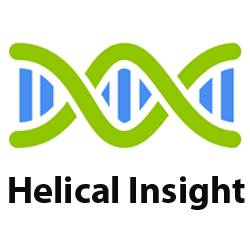
Key Features:
- Open-source: An open source bi tool offers free access to its code, allowing for modifications and community-driven improvements
- Highly customizable: It is highly customizable, enabling businesses to tailor the software to their specific needs and workflows
- Supports various data sources: it supports various data sources, allowing integration with multiple databases, cloud services, and other systems
- Strong in predictive analytics: It excels in predictive analytics, leveraging historical data to forecast future trends and outcomes
- Machine learning: It incorporates machine learning, enabling automated insights and continuous improvement through data-driven pattern recognition and algorithmic learning.
Pros: Cost-effective, flexible, and scalable.
Why Choose Helical Insight? Ideal for businesses seeking a flexible and cost-effective solution with strong analytical capabilities and a focus on open-source technologies.
Register here to learn more.
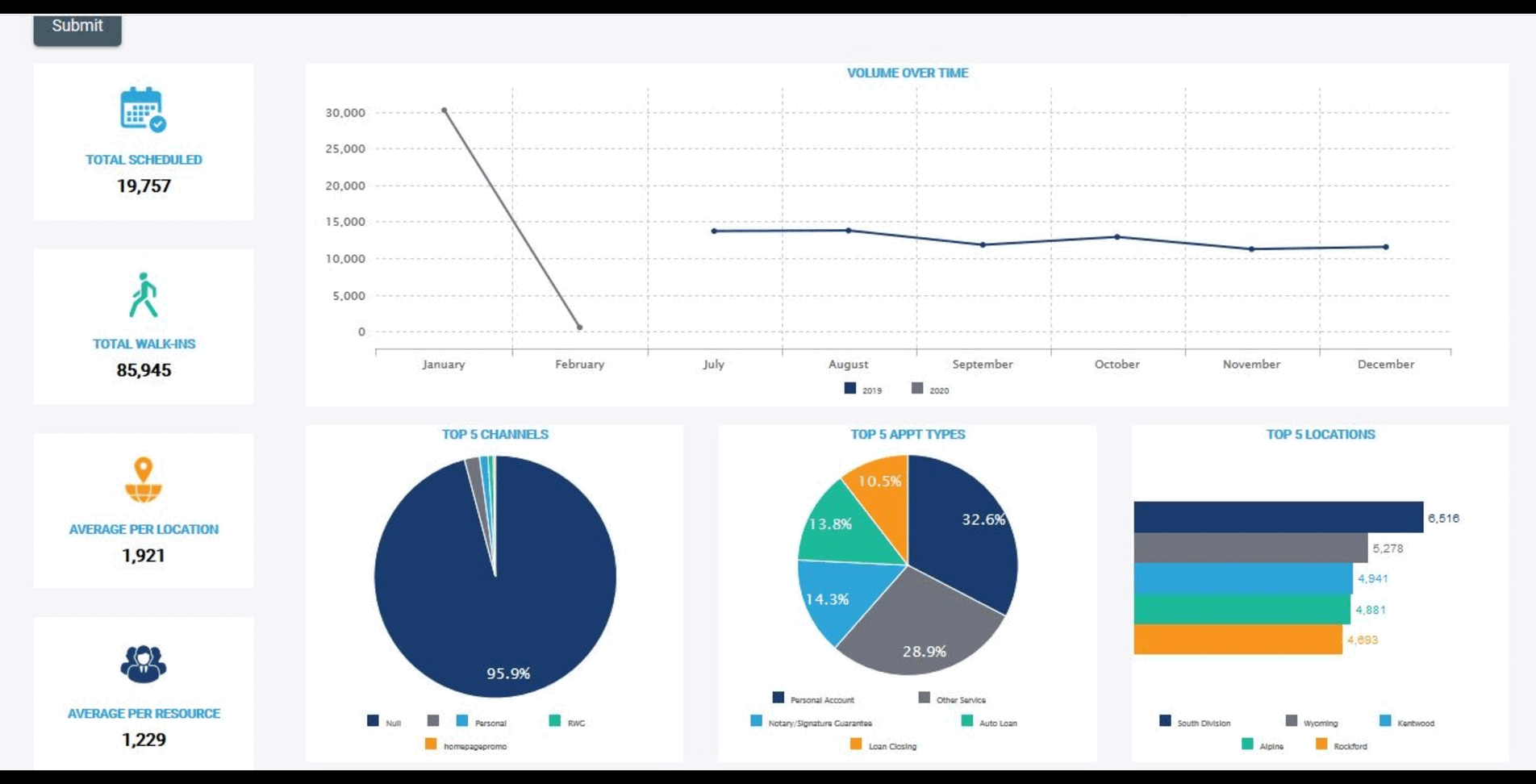
2. MicroStrategy
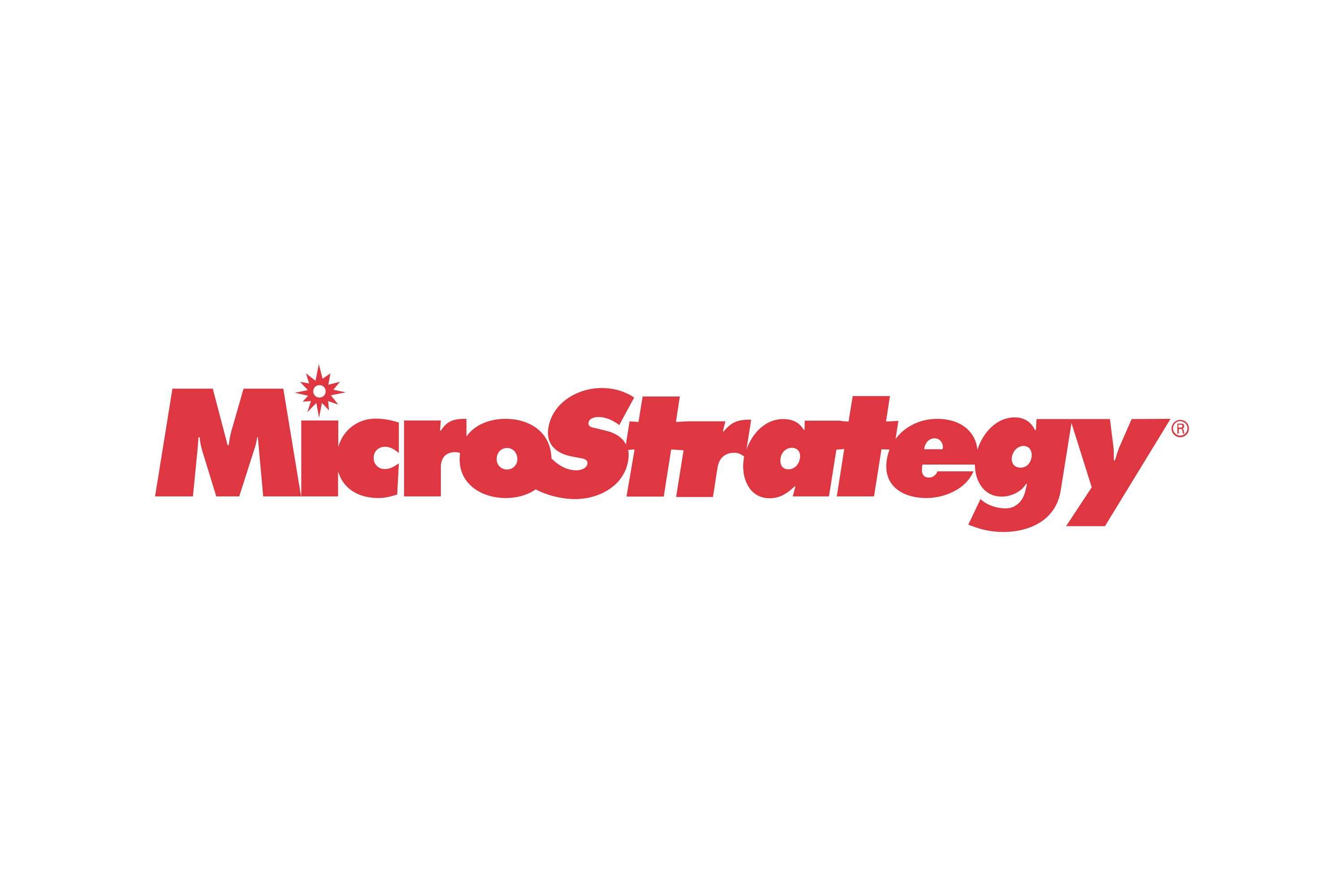
Key Features: Enterprise-grade platform, robust security features, advanced analytics capabilities, strong in mobile BI.
Pros: Powerful and scalable for large organizations.
Cons: Can be expensive and complex to implement.
3. Looker

Key Features: Cloud-based, user-friendly interface, strong in data modelling and exploration, integrates well with other business applications.
Pros: Powerful data exploration capabilities and a focus on data governance.
Cons: Can be expensive and may have a steeper learning curve for some users.
Unlock actionable insights and elevate your business intelligence with Helical Insight today!
4. Tableau
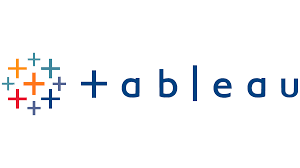
Key Features: User-friendly drag-and-drop interface, excellent data visualization capabilities, strong in interactive dashboards.
Pros: Easy to learn and use, highly visual and engaging.
Cons: Can be expensive for enterprise-level deployments.
5. Sisense

Key Features: In-memory analytics engine, strong in big data analytics, supports a wide range of data sources.
Pros: Excellent for handling large datasets and real-time analytics.
Cons: Can be complex to configure and may have a steeper learning curve.
6. Datapine
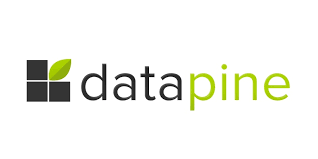
Key Features: Cloud-based, user-friendly interface, focuses on marketing and sales analytics, integrates with various marketing tools.
Pros: Easy to use for marketing teams, offers a good value for the price.
Cons: May have limited advanced analytics capabilities compared to some other tools.
7. Metabase
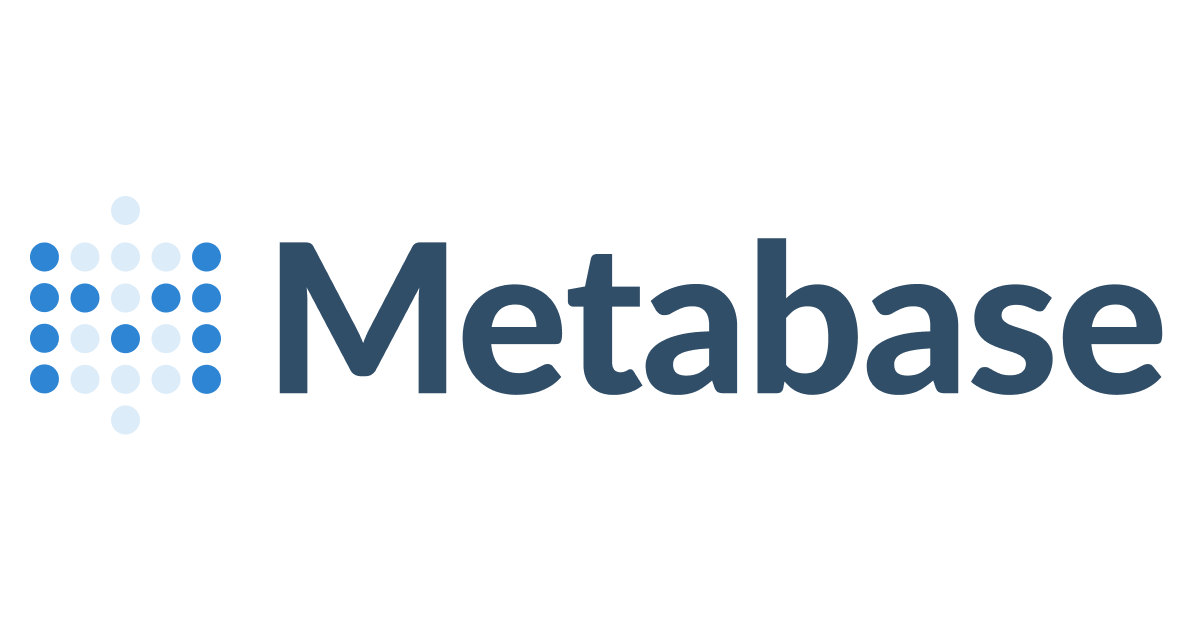
Key Features: Open-source, easy to set up and use, focuses on data exploration and self-service BI.
Pros: Cost-effective and easy to deploy within an organization.
Cons: May have limited advanced analytics features compared to enterprise-grade tools.
Unlock actionable insights and elevate your business intelligence with Helical Insight today!
8. Yellowfin BI

Key Features: Focuses on data discovery and collaboration, strong in predictive analytics and machine learning.
Pros: User-friendly interface and a strong emphasis on data discovery.
Cons: May not be as widely known or used as some other popular BI tools.
9. Microsoft Power BI
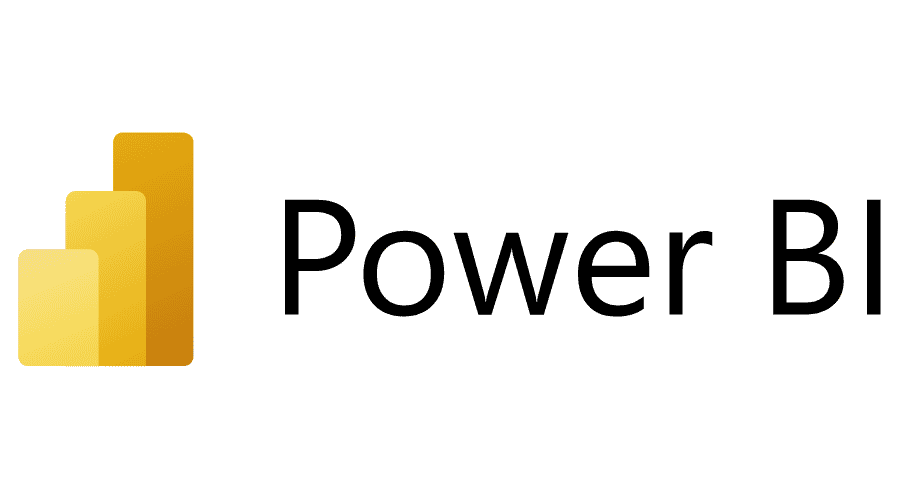
Key Features: Integrates well with Microsoft Office suite, cloud-based and on-premises options, strong in data visualization and reporting.
Pros: Widely adopted, integrates seamlessly with other Microsoft products.
Cons: Can be expensive for enterprise-level deployments.
Start your Open Source BI Journey Today!
Experience the power of Helical Insight with a free demo and enjoy a 30-day free trial — transform your data into actionable insights!
10. QlikSense

Key Features: Associative AI engine, allows users to explore data freely, strong in data discovery and exploration.
Pros: Powerful data exploration capabilities and a unique approach to data analysis.
Cons: Can have a steeper learning curve for some users.
How to Choose the Right Business Intelligence Tools for Your Business
- Define your business needs and goals: What are you trying to achieve with BI? What data do you need to analyse?
- Consider your budget and resources: Evaluate the cost of the software, implementation, and ongoing maintenance.
- Assess your technical expertise: Choose a tool that aligns with your team’s technical skills and resources.
- Evaluate the vendor’s reputation and support: Choose a vendor with a strong track record, excellent customer support, and a clear roadmap for future development.
- Try before you buy: Take advantage of free trials or demos to evaluate the tool and see if it meets your needs.
Conclusion
Choosing the right BI tools is crucial for businesses to gain a competitive advantage in today’s data-driven world. By carefully evaluating your needs and considering the factors mentioned above, you can select the best BI tools to empower your organization with data-driven insights and drive success.
FAQs: Top 10 BI Tools for 2025
1. What are the top BI tools?
The top BI tools in 2025 include Helical Insight, Tableau, Power BI, Looker, Qlik Sense, Sisense, Domo, ThoughtSpot, Metabase, and Zoho Analytics. These tools are known for advanced data visualization, real-time analytics, self-service BI, and integration capabilities.
2. Which is the best open-source BI tool?
Helical Insight stands out as the best open-source BI tool in 2025 due to its powerful self-service interface, developer extensibility, embedded analytics support, and flat pricing—ideal for startups and enterprises alike.
3. What is the best BI tool for startups?
For startups, Helical Insight is a top choice in 2025. It offers a flat pricing model, strong self-service features, and open-source flexibility, making it cost-effective and scalable as the business grows.
4. Which BI tool supports real-time analytics?
Tools like Sisense, Domo, and Power BI offer robust real-time analytics in 2025. Helical Insight also provides real-time data visualizations and alerts, which is crucial for businesses needing live insights.
5. What is the best BI tool for embedded analytics?
Helical Insight, Looker, and Sisense are among the best BI tools for embedded analytics in 2025. Helical Insight offers deep customization, REST APIs, and integration flexibility, making it ideal for software vendors and SaaS platforms.
6. Is Power BI better than Tableau?
In 2025, Power BI remains more cost-effective and integrates better with Microsoft tools, while Tableau continues to lead in advanced visualizations. Your choice depends on business needs, data complexity, and existing tech stack.
7. Are there any affordable BI tools?
Yes, Metabase, Helical Insight, and Zoho Analytics are affordable BI tools in 2025. They offer solid analytics features at a lower cost, with Helical Insight being especially attractive due to its open-source nature and flat pricing.
8. What is the most user-friendly BI tool?
Power BI, Tableau, and Helical Insight are considered the most user-friendly BI tools in 2025. Helical Insight’s self-service interface is particularly suited for non-technical users and business analysts.
9. Which BI tools are best for data scientists?
Tools like Looker, Tableau, and Helical Insight provide advanced features that cater to data scientists, including Python/R integration, custom scripting, and predictive modeling capabilities.
10. Can I use BI tools without coding?
Yes, many BI tools in 2025 offer no-code or low-code environments. Helical Insight, Power BI, and Tableau provide drag-and-drop dashboards, natural language querying, and intuitive interfaces for non-technical users.
